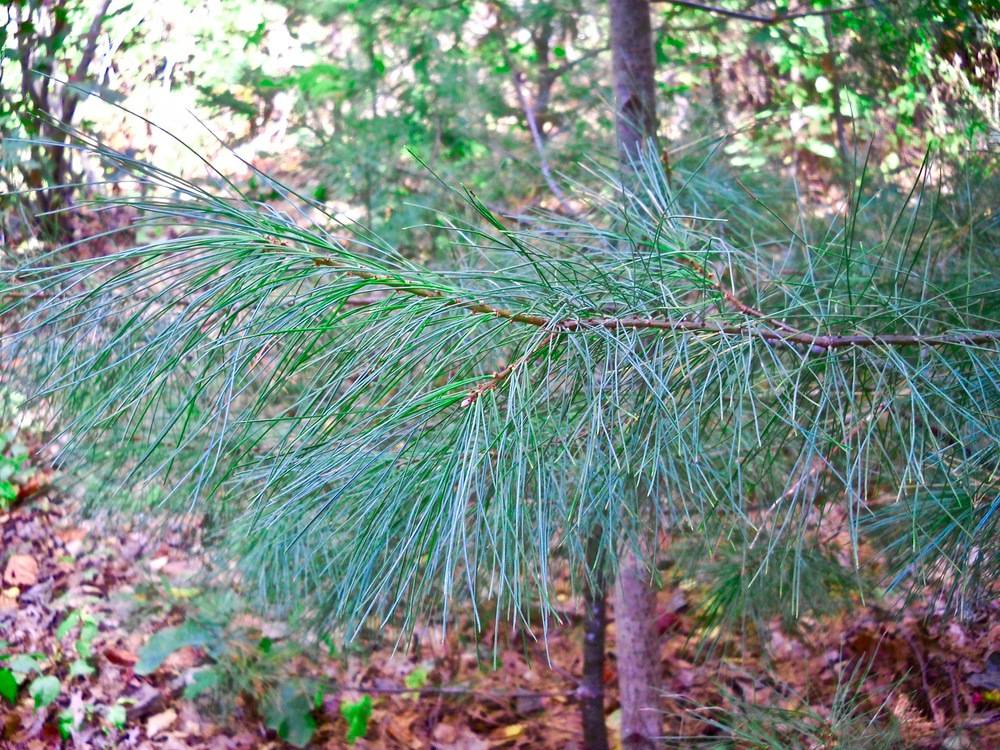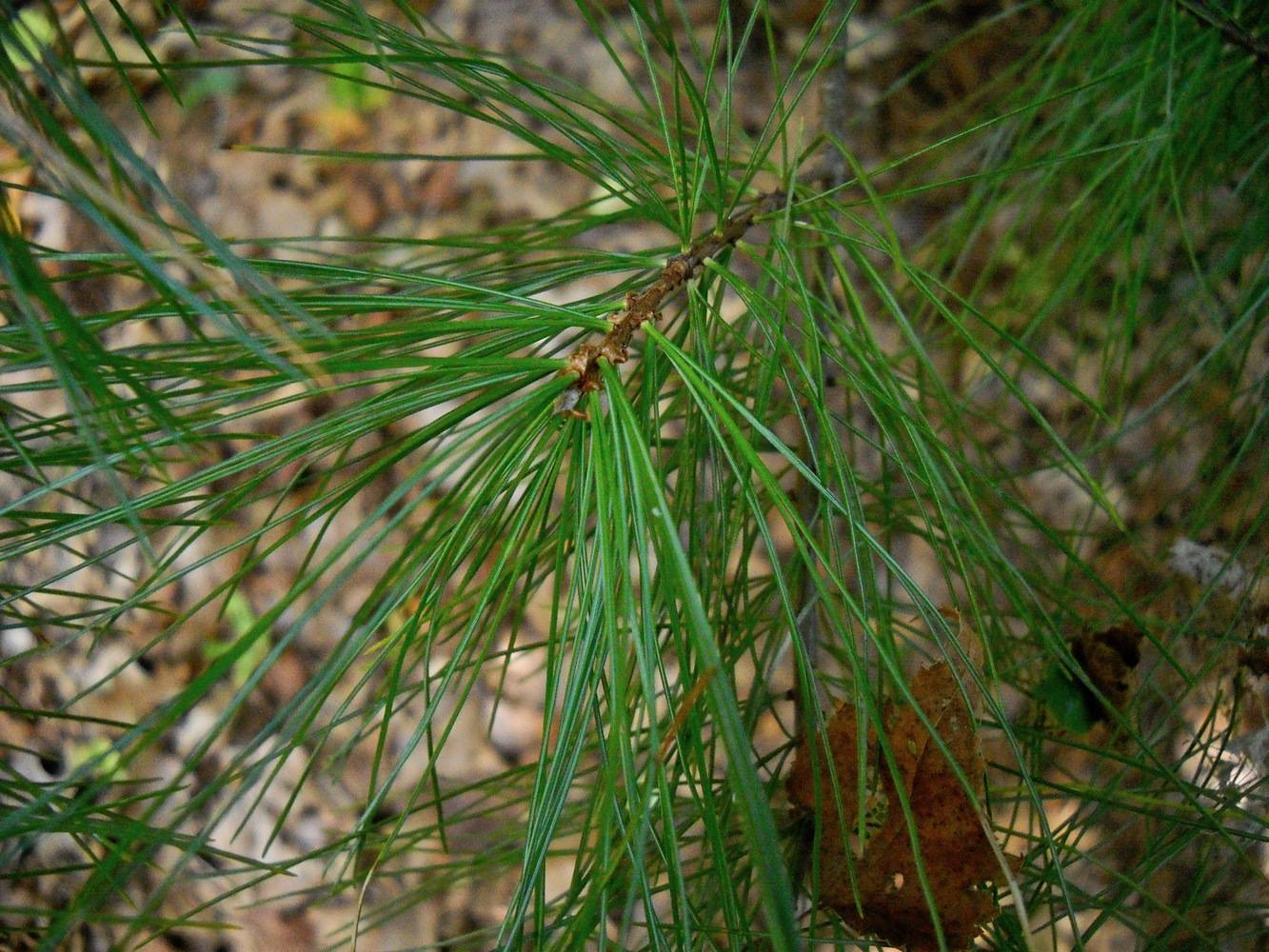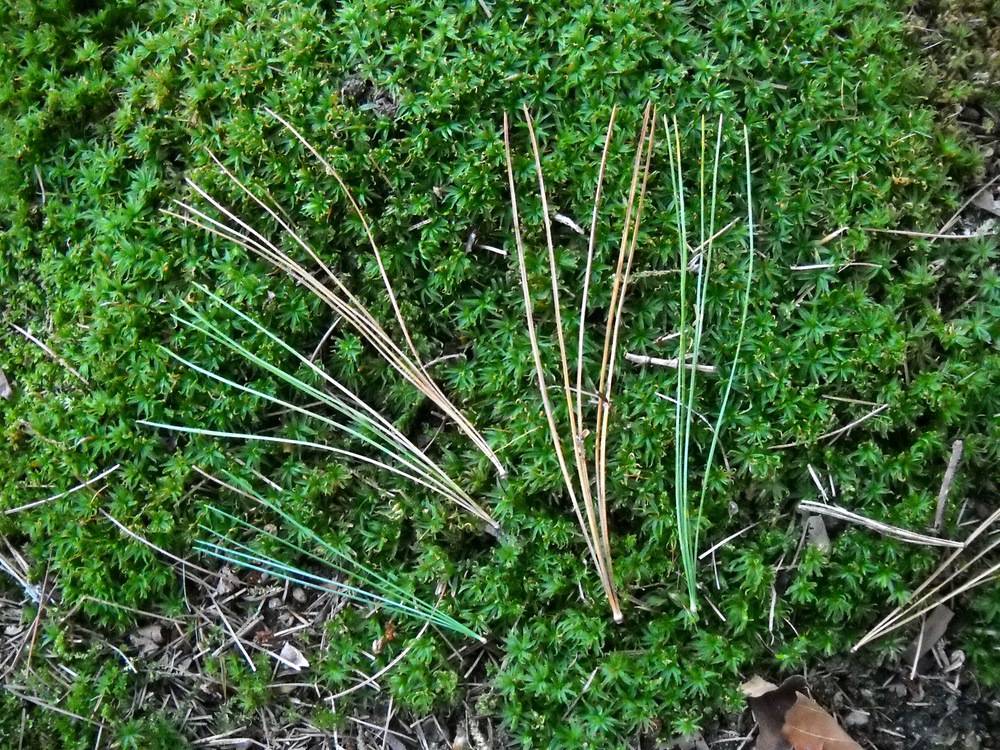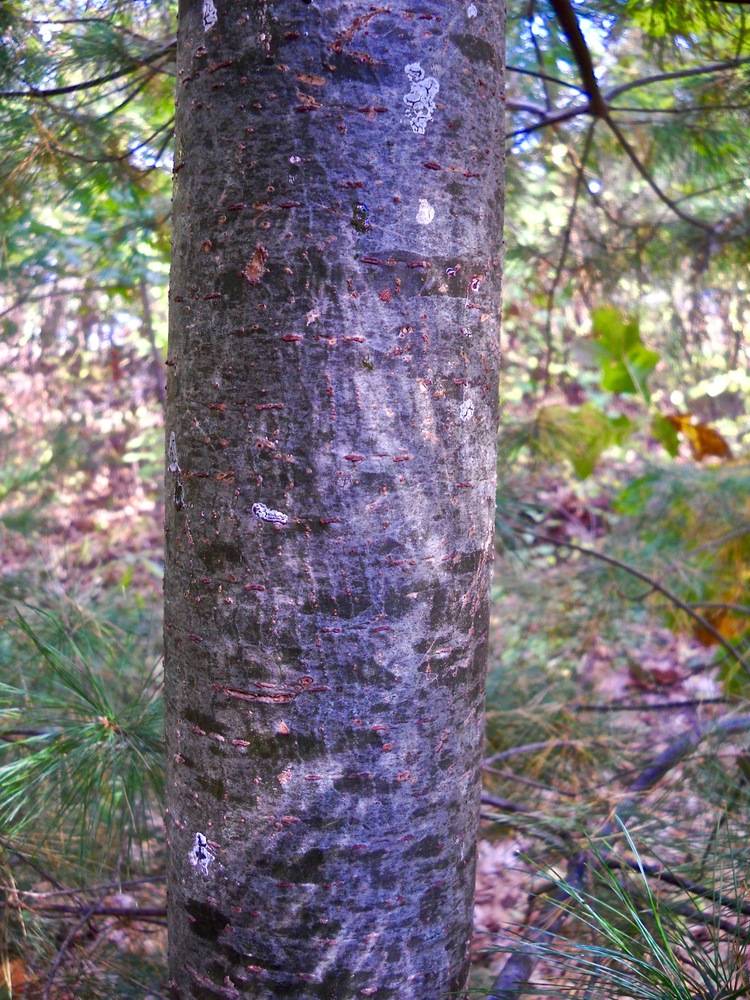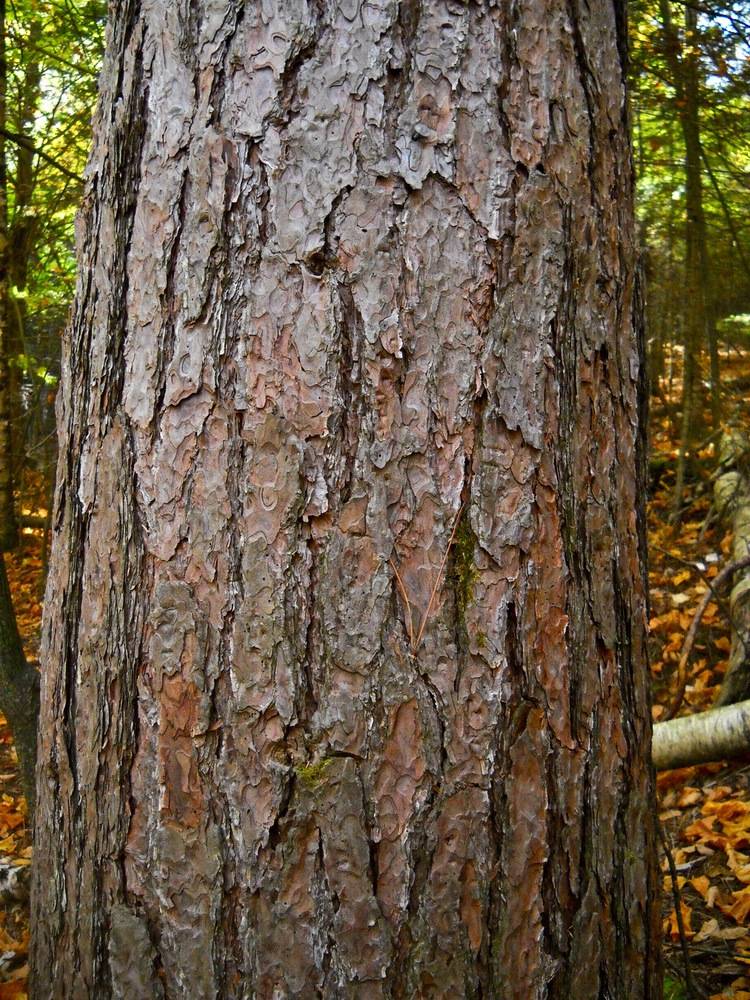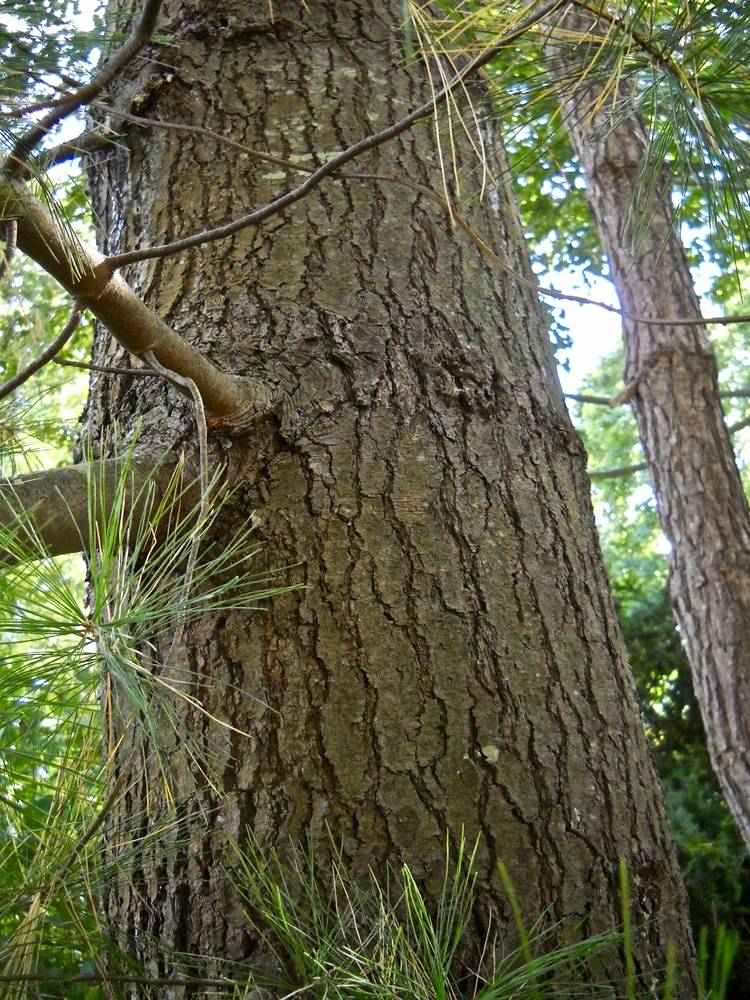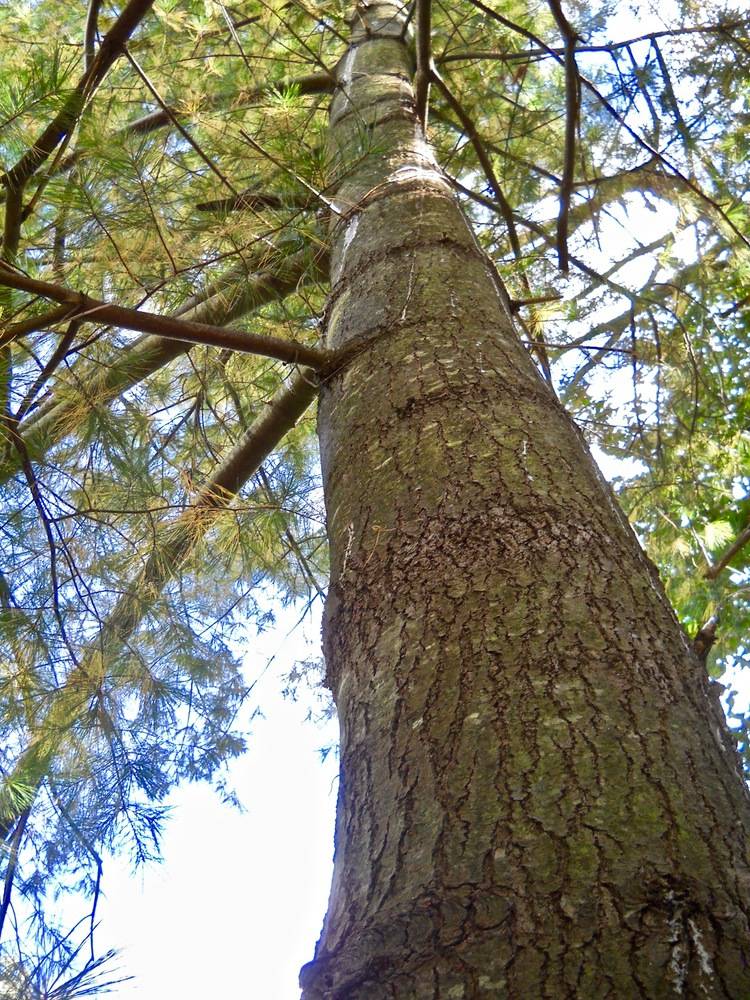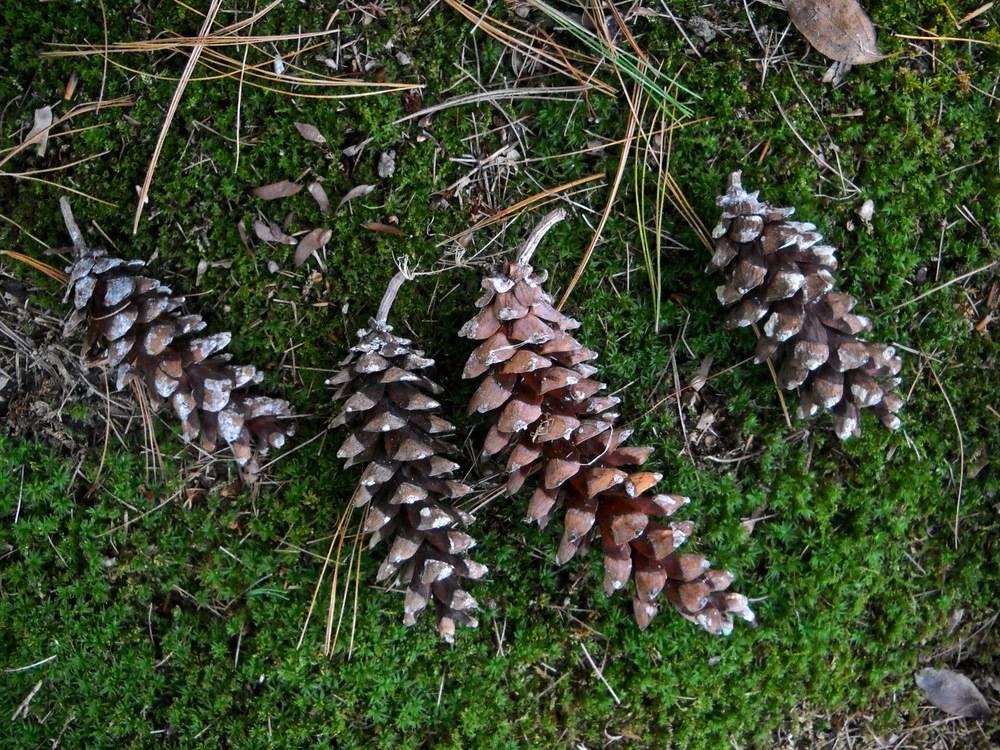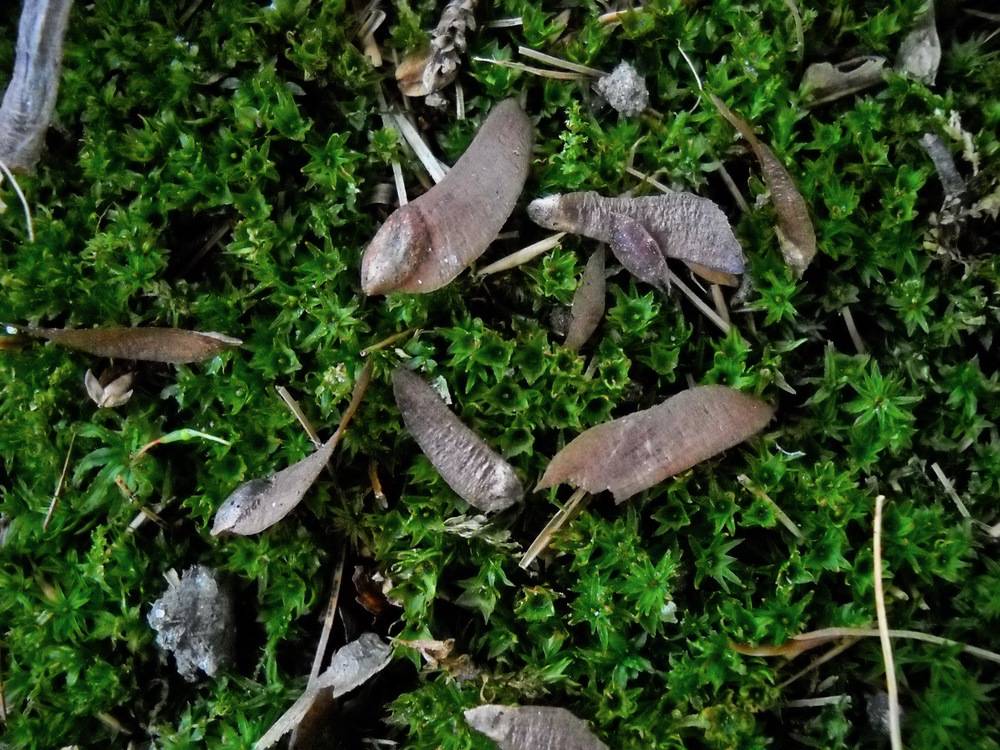eastern white pine
Eastern white pine is native to eastern North American and was an important component of forested areas in pre-colonial times. Across its range, it towered over hardwood species with tall trunks of over 200 feet. Only one percent of the original old growth forest remains now but there are nonetheless still some surviving giants in protected areas such as the Longfellow Pine at Cook Forest State Park in Pennsylvania. In November 2019, it was climbed and a dropped tape measured a height of 183 feet 7 inches.
The three specimens of eastern white pines along the Upland Trail near trail marker U1 are easy to miss because of their small size. However, if undisturbed and given time, they have the potential to grow and dominate the landscape of the park as they do in other Rhode Island woods.
The popularity of its timber decimated the eastern white pine across its range. Its wood was easy to cut and suitable for cabinetry, fencing, flooring, furniture making, house construction, and for practically any project where a very dense wood is not required. The British Crown commandeered especially large specimens for use as masts by the British Royal Navy and no doubt engendered resentment that helped to fuel the American Revolution.
Native Americans such as the Algonquians dried and then pounded the soft inner bark into a flour. The Ojibwes stewed meat with the young male cones and ate seeds from the mature female cones. Besides applying pine resin to waterproof baskets, the Chippewas used it to treat infections and even gangrenous wounds.

